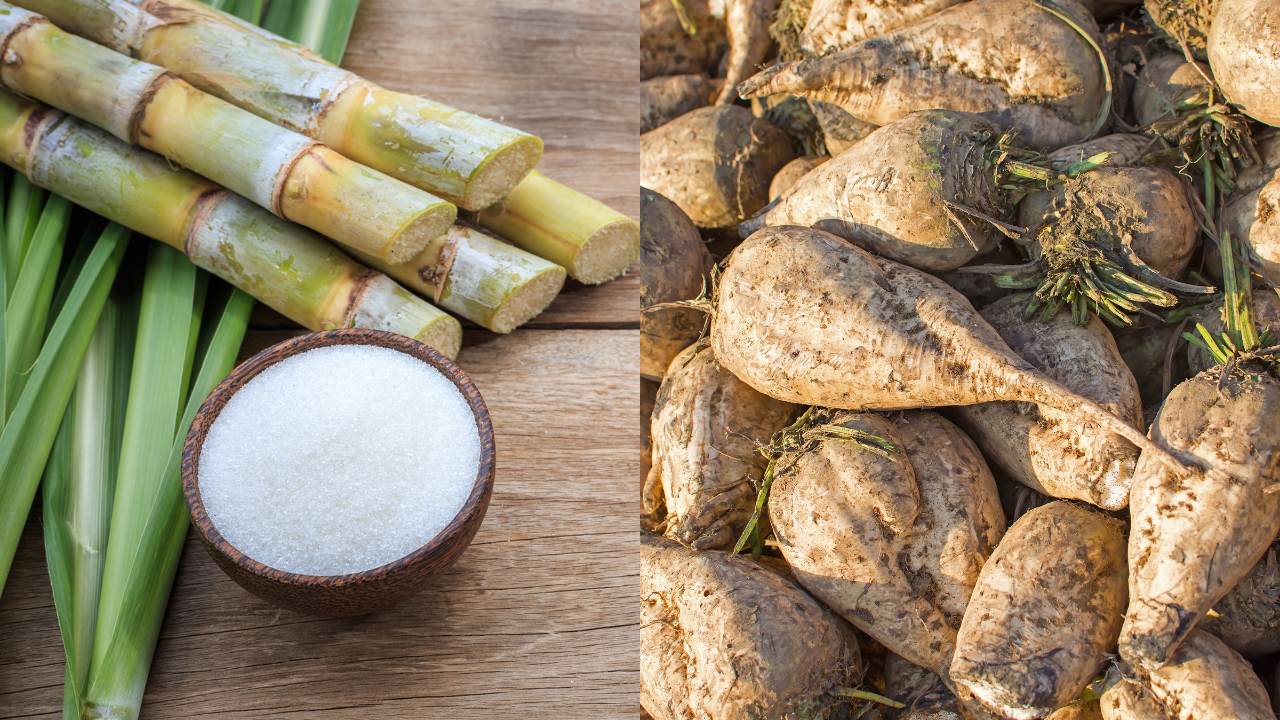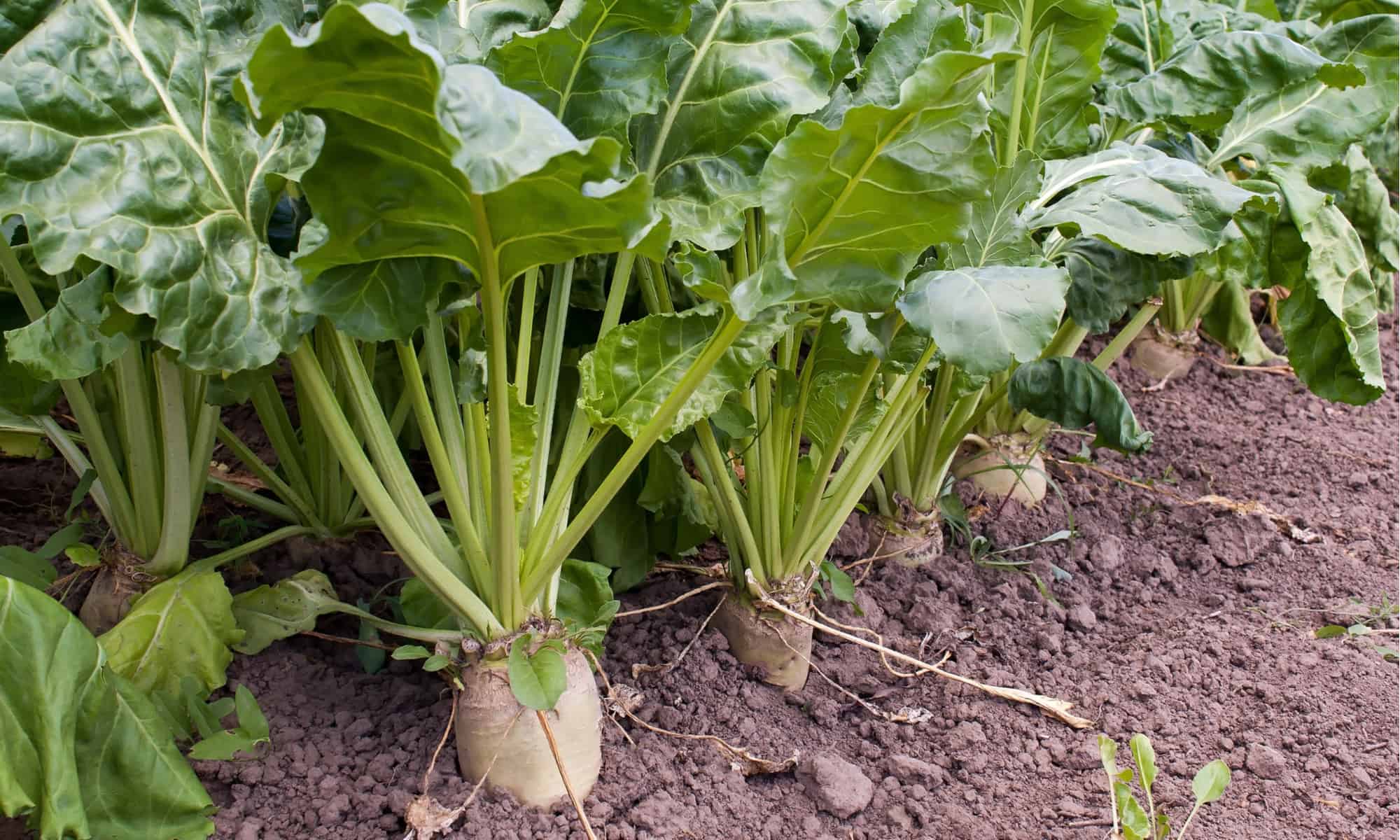When considering beet sugar vs cane sugar, some prefer one for recipes while others select the alternative.
Discover the Uses and Advantages of Beet Sugar Vs Cane Sugar in Your Daily Diet Plan
Discovering the distinct top qualities of beet and cane sugar reveals more than just their sweetening capacities; it highlights their one-of-a-kind influence on health and cookeries. Beet sugar, recognized for its refined taste, is typically preferred in fragile treats, whereas cane sugar, with its tip of molasses, includes richness to durable recipes. Each type holds its very own dietary account and glycemic effects, welcoming a much deeper understanding of their roles in a balanced diet regimen and lasting intake techniques.
Beginning and Manufacturing Processes of Beet and Cane Sugar

The unique environments and soil kinds required for growing sugar beetroots and sugarcane add to differences in their cultivation techniques and geographical distribution, affecting the business economics and sustainability of their production. beet sugar vs cane sugar.
Nutritional Comparison In Between Beet Sugar and Cane Sugar
In spite of originating from various plants, beet sugar and cane sugar are nutritionally extremely comparable, both largely containing sucrose. Each offers concerning 4 calories per gram, equating to roughly 16 calories per tsp. Structurally, both sugars are composed of approximately 99.95% sucrose, with marginal amounts of other materials like moisture and trace element, which do not substantially alter their dietary profiles.

Ultimately, when selecting in between beet sugar and cane sugar based on dietary web content alone, both offer the same advantages and disadvantages as they are essentially forms of the exact same particle-- sucrose, offering fast power without other nutrients.
Effect On Health And Wellness: Glycemic Index and Caloric Material
Exploring even more into the impacts of beet sugar and cane sugar on health and wellness, it is very important to consider their glycemic index and calorie web content. Both sugars are categorized as sucrose, which consists of glucose and fructose. This composition leads them to have a similar influence on blood glucose levels. The glycemic index (GI) of both beet and cane sugar is around 65, categorizing them as high-GI foods, which can create fast spikes in blood sugar degrees. This is a crucial aspect for individuals taking care of diabetes mellitus or those attempting to maintain their power levels throughout the day.
Each sort of sugar consists of about 4 calories per gram, making their caloric material matching. For those keeping an eye on calorie intake, specifically when taking care of weight or metabolic health conditions, recognizing this equivalence is essential (beet sugar vs cane sugar). Extreme intake of any type of high-calorie, high-GI food can contribute to health and wellness issues such as excessive weight, heart disease, and insulin resistance.
Environmental and Economic Considerations of Sugar Manufacturing
Beyond health effects, the manufacturing of beet and cane sugar also increases substantial ecological and financial concerns. Sugar beet growing has a tendency to call for cooler environments and has a like it reduced geographical impact compared to sugar cane, which flourishes in tropical regions.
Furthermore, using chemicals and plant foods in both beet and cane sugar growing can bring about dirt destruction and air look at this web-site pollution, more influencing biodiversity and local water bodies (beet sugar vs cane sugar). The choice in between cultivating sugar beet or cane commonly rests on regional ecological conditions and economic elements, making the sustainability of sugar production an intricate concern
Culinary Applications and Flavor Differences
While the environmental and economic aspects of sugar manufacturing are certainly significant, the option in between beet and cane sugar additionally affects culinary applications and taste accounts. Beet sugar, obtained from the sugar beet plant, is understood for its remarkably neutral taste. This makes it a functional ingredient in cooking, where it does not change the flavor of various other elements. It dissolves quickly and is perfect for use in cakes, cookies, and breads.
Walking cane sugar, removed from sugarcane, frequently maintains molasses traces, which present a distinct richness and depth. The slight variation in wetness web content in between beet and cane sugar can impact the structure and uniformity of meals, making cane sugar a favored option for particular recipes that profit from its unique homes.

Final Thought
To conclude, both beet and cane sugar have distinctive origins and manufacturing processes, providing similar dietary profiles with small distinctions in salt material and flavor. While their effect on wellness, especially relating to glycemic index and calories, is similar, the option between them often comes down to environmental, financial aspects, and particular cooking demands. Comprehending these facets can discover here lead consumers in making informed choices that align with their wellness goals and taste preferences.